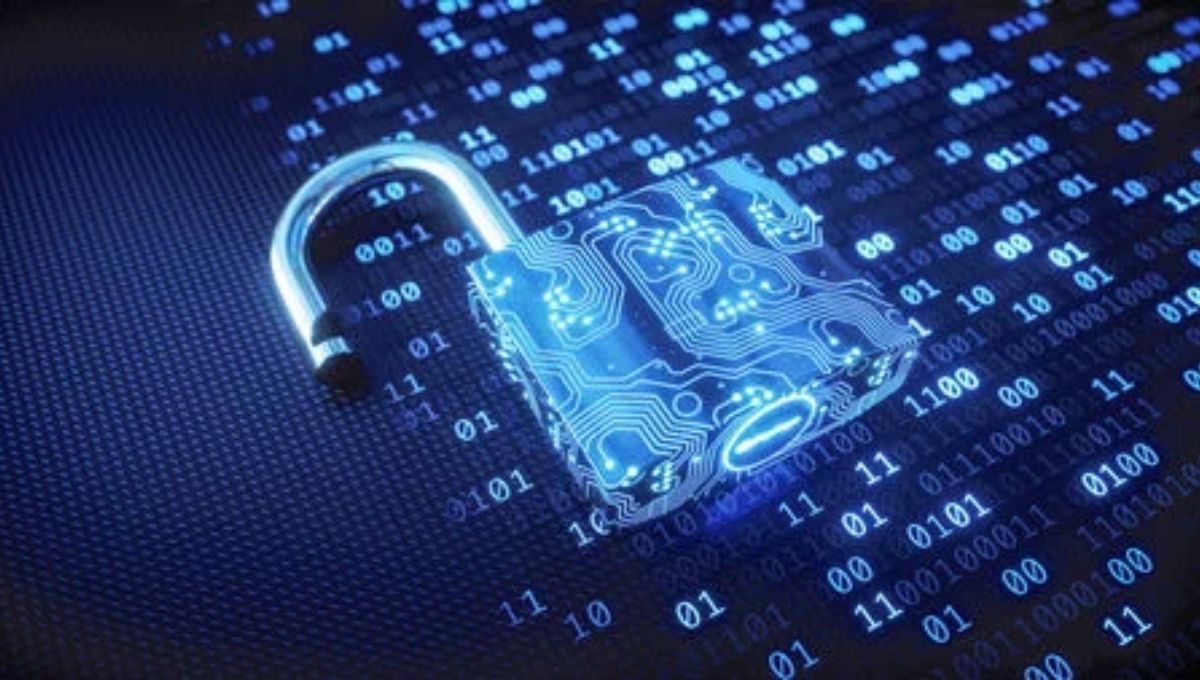Introduction
Quantum safe cryptography is becoming one of the most urgent priorities in global cybersecurity. With the rapid development of quantum computers, the security systems that protect banking transactions, online identities, government data, and personal communications face a serious threat. Traditional encryption like RSA and ECC may be powerful against classical attacks, but they are vulnerable to quantum algorithms.
Therefore, researchers, governments, and private organizations are racing to design new solutions that can withstand the computational power of future quantum machines. Quantum safe cryptography is not only a technological innovation; it is the foundation of digital trust for the next generation.
What Is Quantum Safe Cryptography?
Quantum safe cryptography, often called post-quantum cryptography, refers to encryption systems designed to stay secure even in the presence of large-scale quantum computers. Unlike today’s devices, quantum computers use qubits that can exist in multiple states at once, allowing them to perform parallel calculations. This power can solve problems that classical systems would need centuries to complete.
While this creates breakthroughs in science, medicine, and engineering, it also exposes current cryptographic systems to unprecedented risks. Shor’s algorithm, for example, allows a quantum computer to break RSA encryption quickly. As a result, any data encrypted today but stored for years could be exposed in the future when quantum technology becomes available.
Quantum safe cryptography addresses this danger by developing algorithms that are resistant to quantum attacks. These systems rely on mathematical problems believed to be too complex even for advanced quantum machines.
Why the World Needs Quantum Safe Cryptography
The urgency of adopting quantum safe methods lies in the longevity of sensitive data. A medical record, once exposed, can harm someone for life. A leaked defense strategy could compromise national security decades later. Therefore, securing information today means ensuring it remains safe tomorrow.
For example, financial institutions process billions of dollars daily. If quantum computers become powerful enough, encrypted transactions could be intercepted and decoded. In addition, industries like healthcare, energy, and telecommunications depend on secure communication channels. Without post-quantum protection, their systems will be open to cybercriminals equipped with quantum tools.
Moreover, hackers already practice a “harvest now, decrypt later” strategy. They steal encrypted information today with the expectation that in the future, quantum computers will allow them to unlock it. Quantum safe cryptography prevents this long-term threat by future-proofing security.
The Global Push Toward Quantum Safe Standards
The United States has recognized the danger and made quantum safe cryptography a federal priority. The National Institute of Standards and Technology (NIST) launched a competition to identify reliable post-quantum algorithms. After years of research, NIST announced its first recommendations in 2022. By 2025, the International Year of Quantum Science and Technology, these algorithms are moving closer to real-world deployment.
In addition, the European Union, Canada, and countries in Asia are also preparing adoption frameworks. Major corporations like IBM, Microsoft, and Google are investing heavily in research and integration. This international effort shows that quantum safe cryptography is not a distant project—it is a present necessity.
How Quantum Safe Cryptography Works
Lattice-Based Cryptography
This method uses problems in multidimensional lattices that are too complex for efficient quantum solutions. It is one of the most promising categories chosen by NIST for standardization.
Code-Based Cryptography
Built on decades of testing, this system uses error-correcting codes to provide resilience against both classical and quantum attacks.
Multivariate Cryptography
By relying on equations with multiple variables, this approach creates problems that are computationally hard to solve even with quantum assistance.
Hash-Based Signatures
These algorithms depend on the strength of hash functions. They are simple, secure, and practical for creating digital signatures that cannot easily be forged.
Each approach offers different advantages, and the global community is testing them to determine which will be most effective for widespread use.
Real-World Applications of Quantum Safe Cryptography
Banking and Finance
Banks and payment processors must guarantee secure digital transactions. Post-quantum solutions are essential to prevent massive financial fraud once quantum machines arrive.
Healthcare Systems
Hospitals and insurance companies protect sensitive patient data. Adopting quantum safe cryptography ensures that these records remain private for decades.
Government and Defense
From classified communication to secure intelligence sharing, national defense requires encryption that can resist the strongest attacks possible.
Cloud Computing and Internet Services
As more organizations shift to cloud infrastructure, quantum safe algorithms are being built into servers and software to protect global online communication.
Smart Devices and IoT
With billions of connected devices, from cars to smart homes, the need for lightweight but quantum resistant encryption is greater than ever.
Benefits of Quantum Safe Cryptography
-
Future-Proof Security – Protects against both current and upcoming threats.
-
Compliance Readiness – Meets upcoming regulations and global standards.
-
Consumer Trust – Builds confidence in digital products and services.
-
Innovation Opportunities – Encourages development of new technologies.
-
Cross-Industry Protection – Benefits finance, healthcare, defense, and more.
Challenges in Adopting Quantum Safe Solutions
Although the benefits are clear, adoption is not simple.
-
Implementation Complexity – Updating encryption across industries requires large-scale coordination.
-
System Compatibility – New methods must integrate smoothly with existing hardware and software.
-
Performance Impact – Some algorithms demand greater computing resources.
-
Awareness Gap – Many companies underestimate how soon the threat will arrive.
However, collaboration between researchers, governments, and private companies is steadily reducing these barriers.
Preparing Businesses for the Quantum Shift
Forward-thinking organizations should not wait until quantum computers become commercially available. Early migration allows smoother transitions, lower costs, and stronger protection. Businesses that prepare now will have a significant advantage in compliance, reputation, and customer trust. In addition, adopting quantum safe cryptography early demonstrates leadership in innovation and security.
The Future of Quantum Safe Cryptography
Experts predict that within the next decade, industries will move fully toward quantum resistant encryption. By 2030, the majority of financial and governmental systems are expected to adopt post-quantum algorithms as standard practice.
Moreover, companies that act early will not only protect their data but also establish themselves as leaders in secure technology. Just as the internet reshaped the 1990s, quantum technology will redefine cybersecurity in the 2020s and beyond.
Key Takeaways
-
Quantum safe cryptography protects data against future quantum attacks.
-
RSA and ECC will not survive in the quantum era.
-
Governments and corporations are already moving toward post-quantum standards.
-
Adoption challenges exist but are being addressed through global collaboration.
-
The future of cybersecurity depends on adopting these solutions now.
Conclusion
Quantum safe cryptography is the cornerstone of tomorrow’s digital security. Quantum computers bring both promise and risk, but by preparing with quantum resistant algorithms, societies can ensure safety, trust, and resilience.
This is more than a technical upgrade—it is a transformation in how the world secures its most valuable asset: information. In addition, the adoption of post-quantum methods opens new doors for innovation, careers, and growth in the technology sector.
The message is clear: organizations that act today will be ready for the challenges of tomorrow. Quantum safe cryptography is not just a defense; it is the shield that will protect our digital future.










